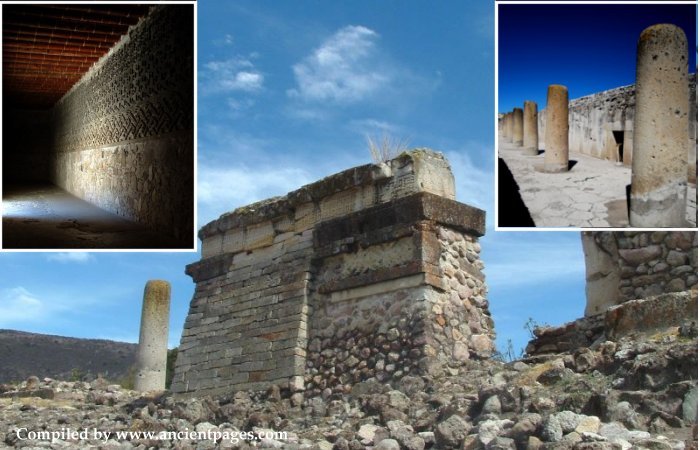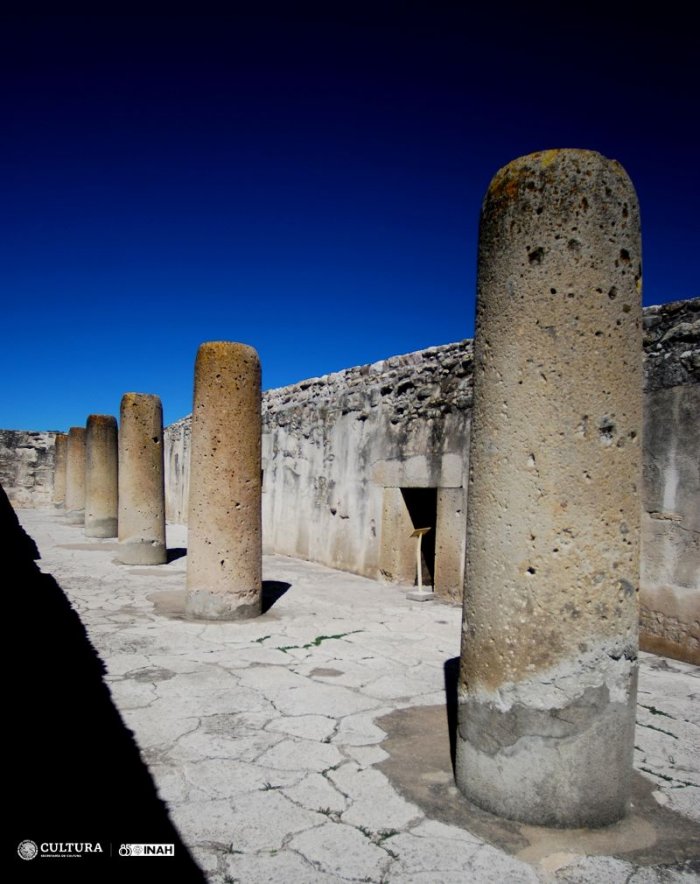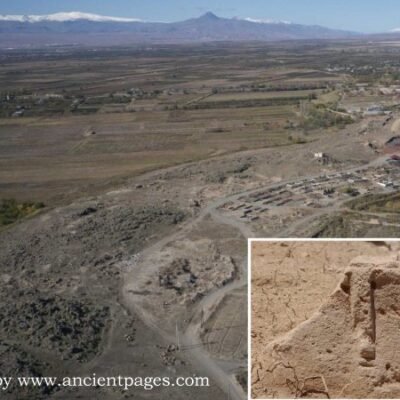Jan Bartek – AncientPages.com – The archaeological site of Mitla, formally designated as the “House or place of tombs,” served as a significant religious center for the Zapotec civilization in Oaxaca. Following a pattern in many pre-Hispanic cities, the original inhabitants left their grand palaces before Spanish colonizers arrived. Six centuries later, technology has helped researchers identify possible reasons for the city’s abandonment.
Mitla Archaeological Zone, Oaxaca. Photo: INAH.
Scientific reports indicate that recent archaeological findings suggest a substantial seismic event in the Oaxaca region, estimated at magnitude 7. This earthquake is hypothesized to have precipitated a significant mass wasting event, resulting in the partial inundation of Mitla, alternatively known as Lyobaa, by earth and rock debris.
Mitla was once a metropolis. Credit: INAH
Historical evidence suggests that Mitla reached its zenith of development towards the conclusion of the 15th century, circa 1495 C.E. The city declined rapidly, likely due to a landslide caused by an earthquake. This event seemingly triggered a partial population exodus about 25 years before Spanish forces arrived in Mesoamerica.
The Lyobaa Project, a collaborative research initiative spearheaded by the Federal Ministry of Culture through the National Institute of Anthropology and History (INAH), in conjunction with the Faculty of Engineering (FI) and the Institute of Geophysics (IG) of the National Autonomous University of Mexico (UNAM), has yielded novel analytical data corroborating this hypothesis. Notably, this theory was initially propounded by the late Michoacan geologist Víctor Hugo Garduño Monroy (1954-2019) and has since garnered additional empirical support through these recent investigations.
What is still left of the ancient city of Mitla. Credit: INAH
In a previous geophysical study, INAH researchers reported their team found evidence of a labyrinth buried beneath Mitla. The new study could shed more light on the mysterious subterranean structure.
The research conducted by Dr. Víctor Hugo Garduño Monroy and his colleagues, as detailed in their 2020 publication “Impact of a landslide in the archaeological zone of Mitla, Oaxaca,” has yielded significant findings regarding the geological history of the Mitla archaeological site. Their data indicates that a substantial portion of the original settlement is concealed beneath an extensive rock avalanche deposit. This geological event is hypothesized to have occurred during the Postclassic period, from 900 to 1520 AD.
In the recent study, the INAH team set up nine measurement stations around the Mitla Archaeological Zone: three north near the material detachment area, one by the San Judas hotel at an avalanche scarp’s base, two in the Adobe and Arroyo Groups, and three south of the site. This strategic placement provided a comprehensive view of the underground structure and composition.
Mitla. Credit: INAH
The investigators’ geological, geomorphological, and geophysical analyses suggest that the collapse was likely precipitated by a high-magnitude seismic event, estimated between 6 and 7 on the Richter scale. According to the press release, this earthquake is believed to have triggered two substantial dry landslides, with a combined volumetric displacement of approximately 0.2 cubic kilometers. This hypothesis is corroborated by historical records, specifically the Telleriano-Remensis Codex, which documents a significant earthquake in the Oaxaca region in 1495, with an intensity surpassing VII on the ESI-2007 scale.
See also: More Archaeology News
This recent study provides a scientific explanation for burying a portion of Mitla’s original settlement beneath rock avalanche deposits. In the present day, Mitla stands as one of Mexico’s preeminent archaeological sites and has been designated a UNESCO World Heritage Site. Its palace and tomb ruins are invaluable artifacts, offering crucial insights into Zapotec history and culture.
Written by Jan Bartek – AncientPages.com Staff Writer








